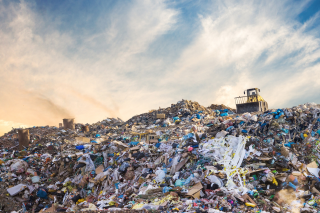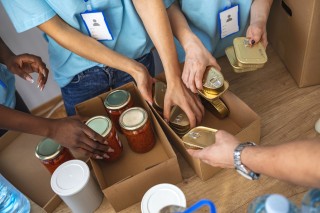Sustainable Management of Food
Understanding the Issues

- Basic Information
- Wasted Food Scale
- U.S. 2030 Food Loss and Waste Reduction Goal
- Food Waste Research
- Data on Wasted Food in the U.S.
- Funding Opportunities about Wasted Food
- Federal Interagency Collaboration
- National Strategy for Reducing Food Loss and Waste and Recycling Organics
- Wasted Food Infographics
What Businesses and Organizations Can Do
What Individuals and Communities Can Do

- How to Prevent Wasted Food at Home
- Preventing Wasted Food in Your Community: A Social Marketing Toolkit
- Composting Food Scraps in Your Community: A Social Marketing Toolkit
- Food: Too Good to Waste Toolkit and Guide
- Donate Food
- Composting at Home
- Community Composting
- Educating Youth About Wasted Food


